I have recently discovered the website singtheoffice.com. This is an excellent resource for people wishing to sing the Office at home (not for public worship). I imagine that some would adopt it’s basic structure and at times insert prefered hymns or prayers while others might take parts of this, for example the psalm settings, and insert them into there prefered structure for the Office.
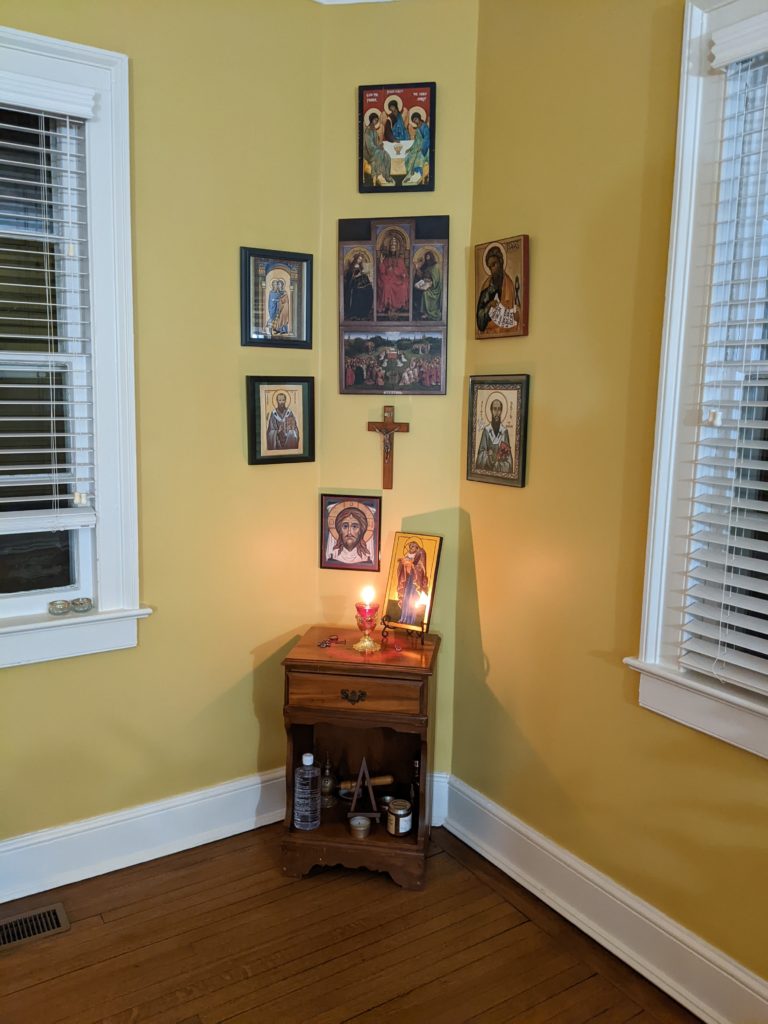
It gives the psalms and prayers in the cycle of the Book of Common Prayer, which aside from Anglicans and Episcopalians, might be used by the Anglican Ordinariate in the Roman Catholic Church, by Western Rite Orthodox Christians and a large number of other protestant denominations, and which is derived from the tradition of the pre-reformation Church in England. I tend to used the 30-day cycle by which all 150 psalms (without the omission of the cursing psalms that we find in the Catholic Paul VI Psalter, for example) are sung at Mattins and Evensong.
The psalm tones are Gregorian and seem to me be derived from the Sarum liturgy, which is the English liturgy that dominated southern England prior to the Reformation. So while the modal format will be familiar to anyone who knows Gregorian chant, some tones do have a particularly English feel to them. The assignment of the tone to the psalm follows the same schema as would be found in the St Dunstan Psalter, which is based, it claims on tradition English, pre-reformation usage and is published by the Western Rite Orthodox church in the USA. The hymns are translations of traditional liturgical hymns set to Gregorian melodies.
As is the custom in this form of the Office ,there are two long scripture readings in every Morning and Evening Prayer.
The collects for the season and major feasts are present, but some may wish to insert hymns or prayers for saints, which do not seem to be reflected in this basic structure.
There is plenty of scope for changing the settings depeding upon which version of the BCP one prefers.
The is a function that allows the melody to be played, so those who cannot sight-read chant easily can very quickly pick up the tone or hymn melody.
Below are a number of screenshots giving you a sense of what you see as you use the site.
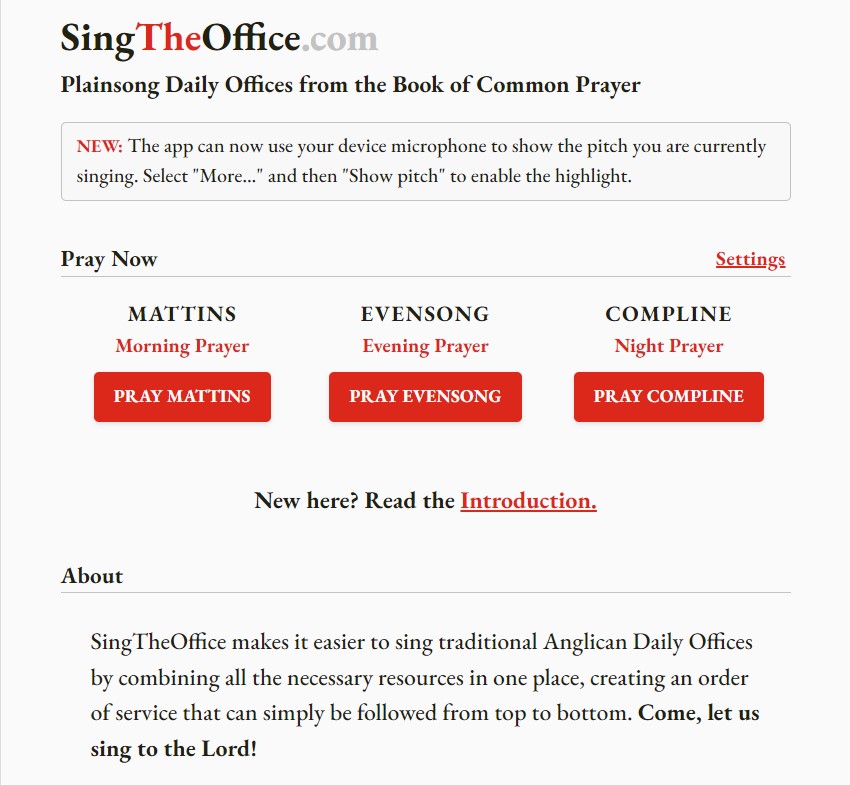

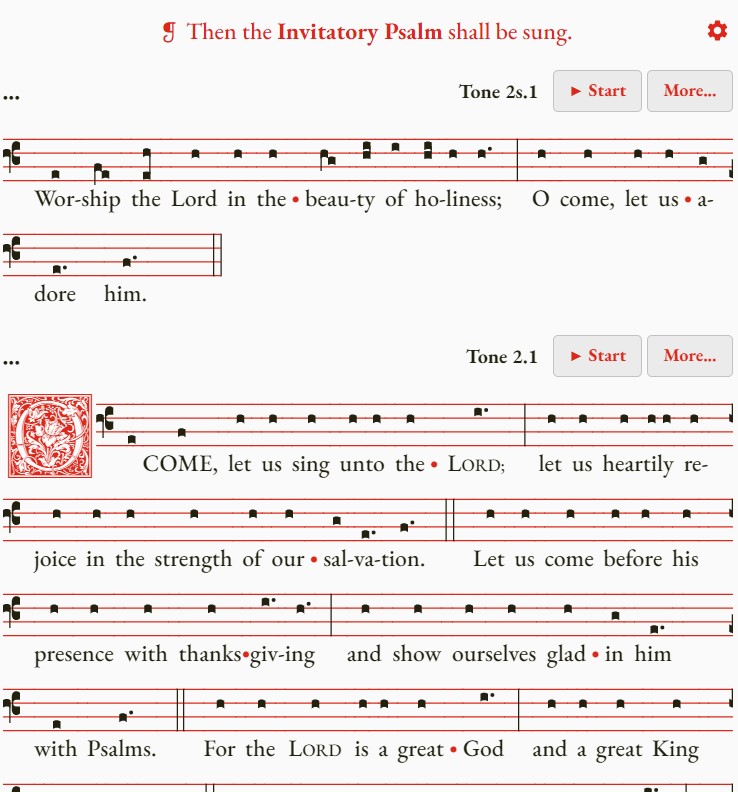

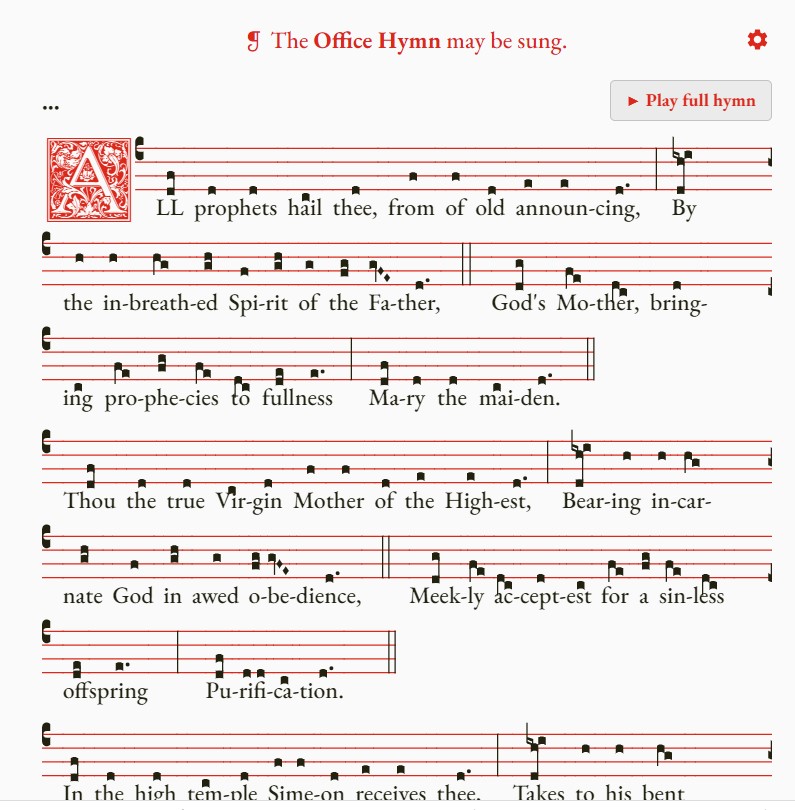

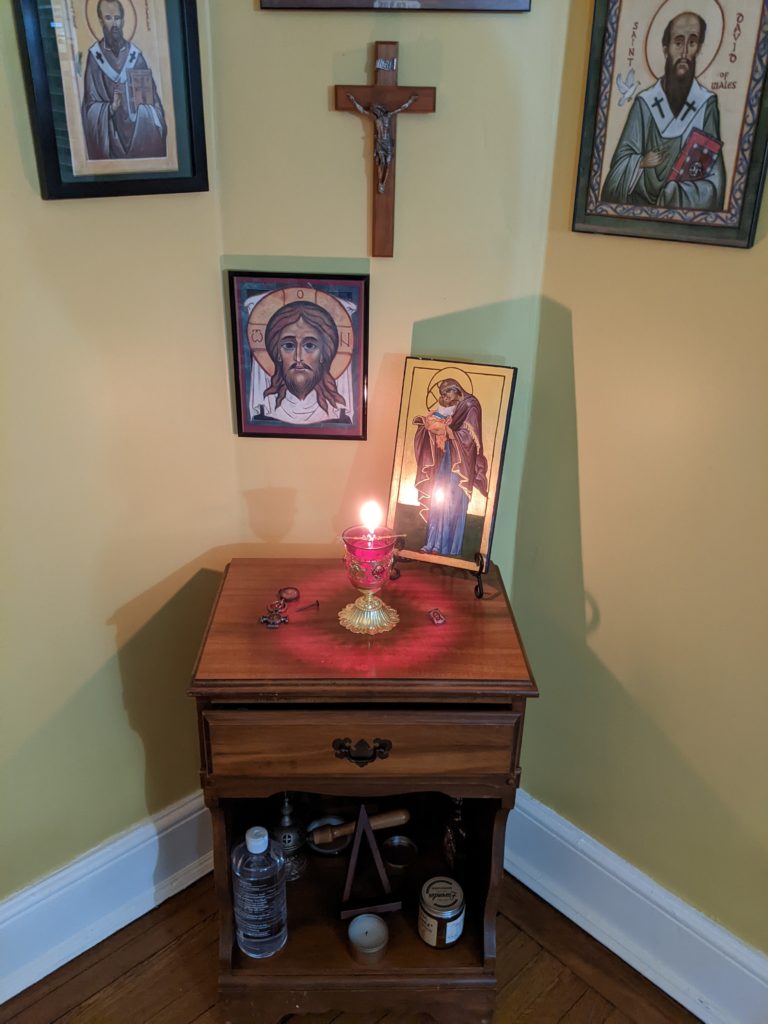
From the Anglican church | Anglican Ordinariate | Beauty | Book of Common Prayer | David Clayton | Divine Office | Gregorian chant | Liturgy of the Hours | Western Rite Orthodoxy series
View more Posts